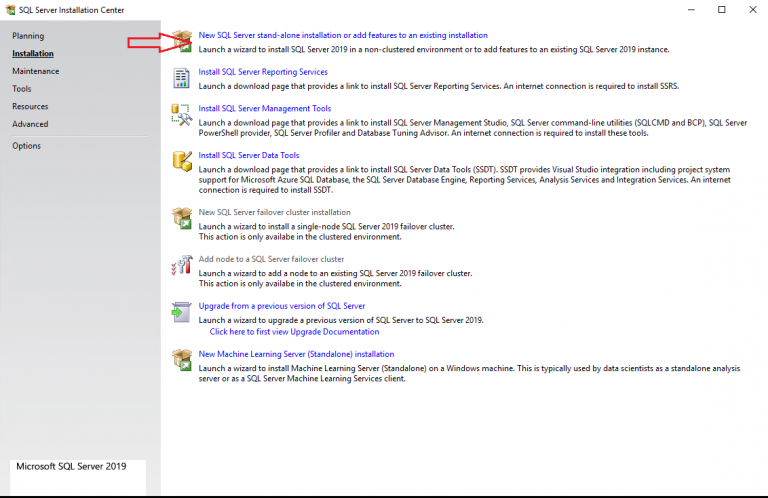

- #CONNECTION VISUAL STUDIO AND SQL SERVER ON SEPERATE DRIVES HOW TO#
- #CONNECTION VISUAL STUDIO AND SQL SERVER ON SEPERATE DRIVES INSTALL#
- #CONNECTION VISUAL STUDIO AND SQL SERVER ON SEPERATE DRIVES DRIVER#
- #CONNECTION VISUAL STUDIO AND SQL SERVER ON SEPERATE DRIVES CODE#
#CONNECTION VISUAL STUDIO AND SQL SERVER ON SEPERATE DRIVES CODE#
Using the C# SqlParameter Object for Writing More Secure Code.Changing the startup form in a C# project.Closing a C# Application (including hidden forms).The timeout period elapsed prior to obtaining a connection from the pool.
#CONNECTION VISUAL STUDIO AND SQL SERVER ON SEPERATE DRIVES HOW TO#
How to Establish a Simple Connection from a C# Program to SQL Server.How to Write to a Text File from a C++ Program.IndentationError: expected an indented block in Python – How to Resolve it.
#CONNECTION VISUAL STUDIO AND SQL SERVER ON SEPERATE DRIVES DRIVER#
#CONNECTION VISUAL STUDIO AND SQL SERVER ON SEPERATE DRIVES INSTALL#

Now it’s time to set our connection string. The next step, is to import pyodbc in your Python script using the below command: import pyodbc Step 2: Import pyodbc in your Python Script In this example, I’m creating the Python script “ConnectSQL.py” which we save into c:\test Step 1: Create a Python Script in Visual Studio CodeĪfter installing Python, pyodbc, Visual Studio Code and the MS Python extension, we create a new python script in Visual Studio code. This course, will help you learn how to access and work with SQL Server databases, directly from your Python programs, by teaching you how to perform all the major database development operations from within your Python code.

Prior to start reading the article, we strongly recommend that you enroll to our online course “ Working with Python on Windows and SQL Server Databases“. In this article, we are going to see, step by step, via an example, how we can connect to SQL Server from a Python program using an ODBC connection and the pyodbcmodule.įor this article’s example, I will be using Visual Studio Code, with the MS Python extension.


 0 kommentar(er)
0 kommentar(er)
